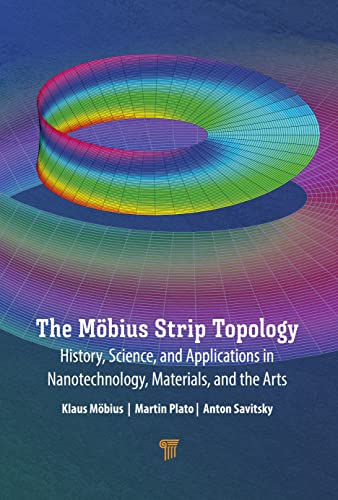

Most ebook files are in PDF format, so you can easily read them using various software such as Foxit Reader or directly on the Google Chrome browser.
Some ebook files are released by publishers in other formats such as .awz, .mobi, .epub, .fb2, etc. You may need to install specific software to read these formats on mobile/PC, such as Calibre.
Please read the tutorial at this link: https://ebookbell.com/faq
We offer FREE conversion to the popular formats you request; however, this may take some time. Therefore, right after payment, please email us, and we will try to provide the service as quickly as possible.
For some exceptional file formats or broken links (if any), please refrain from opening any disputes. Instead, email us first, and we will try to assist within a maximum of 6 hours.
EbookBell Team

4.1
10 reviewsIn the 19th century, pure mathematics research reached a climax in Germany, and Carl Friedrich Gauss (1777–1855) was an epochal example. August Ferdinand Möbius (1790–1868) was his doctoral student whose work was profoundly influenced by him. In the 18th century, it had been mostly the French school of applied mathematics that enabled the rapid developments of science and technology in Europe. How could this shift happen? It can be argued that the major reasons were the devastating consequences of the Napoleonic Wars in Central Europe, leading to the total defeat of Prussia in 1806. Immediately following, far-reaching reforms of the entire state system were carried out in Prussia and other German states, also affecting the educational system. It now guaranteed freedom of university teaching and research. This attracted many creative people with new ideas enabling the “golden age” of pure mathematics and fundamental theory in physical sciences.
Möbius’ legacy reaches far into today’s sciences, arts, and architecture. The famous one-sided Möbius strip is a paradigmatic example of the ongoing fascination with mathematical topology. This is the first book to present numerous detailed case studies on Möbius topology in science and the humanities. It is written for those who believe in the power of ideas in our culture, experts and laymen alike.